NASA releases clearest images of Pluto world might see for decades

39 photos: Pluto on the horizon
Show Caption
20 of 39
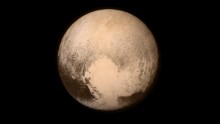
39 photos: Pluto on the horizon
Show Caption
21 of 39
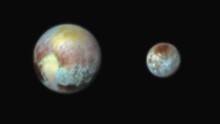
39 photos: Pluto on the horizon
Show Caption
22 of 39
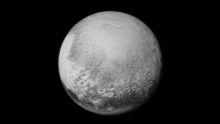
39 photos: Pluto on the horizon
Show Caption
23 of 39
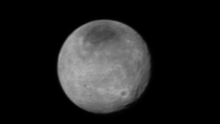
39 photos: Pluto on the horizon
Show Caption
24 of 39
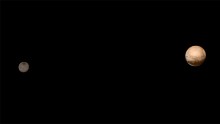
39 photos: Pluto on the horizon
Show Caption
25 of 39
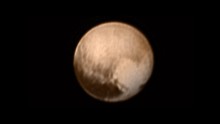
39 photos: Pluto on the horizon
Show Caption
26 of 39
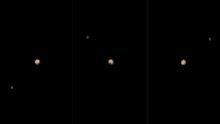
39 photos: Pluto on the horizon
Show Caption
27 of 39
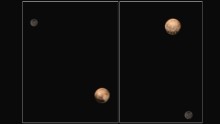
39 photos: Pluto on the horizon
Show Caption
28 of 39

39 photos: Pluto on the horizon
Show Caption
29 of 39

39 photos: Pluto on the horizon
Show Caption
30 of 39
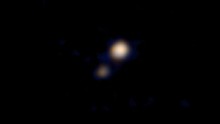
39 photos: Pluto on the horizon
Show Caption
31 of 39
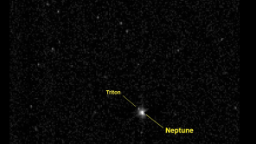
39 photos: Pluto on the horizon
Show Caption
32 of 39
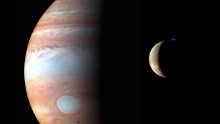
39 photos: Pluto on the horizon
Show Caption
33 of 39
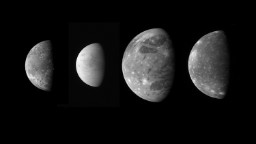
39 photos: Pluto on the horizon
Show Caption
34 of 39
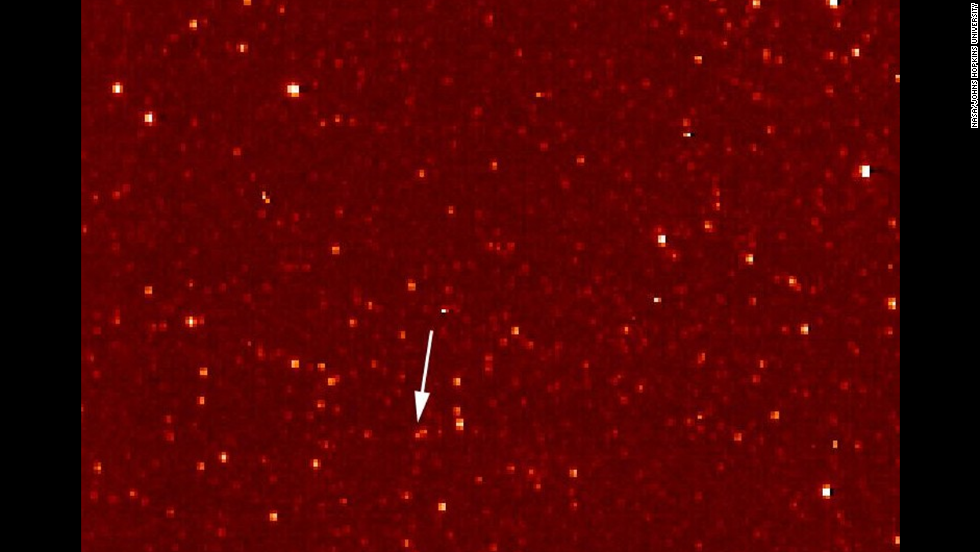
39 photos: Pluto on the horizon
Show Caption
35 of 39
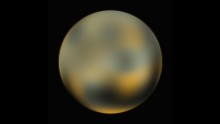
39 photos: Pluto on the horizon
Show Caption
36 of 39
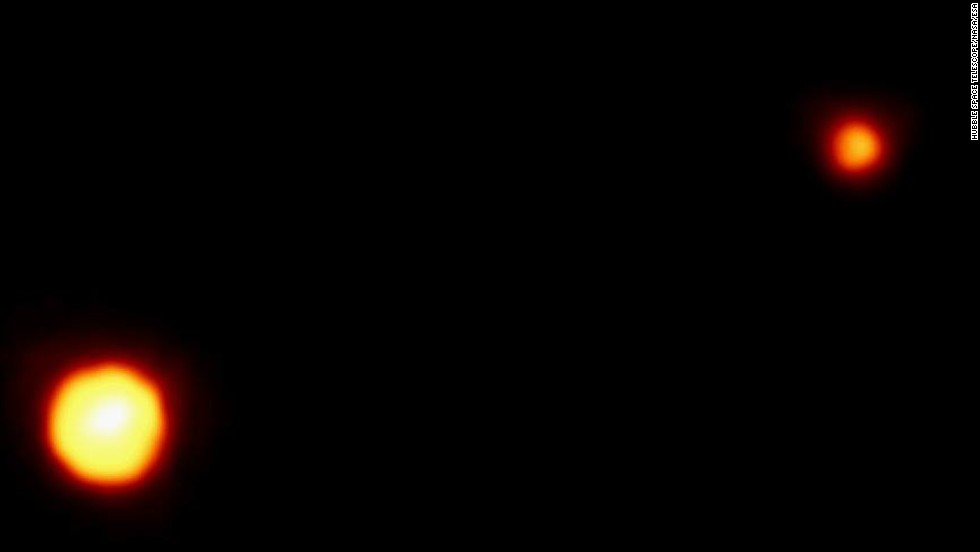
39 photos: Pluto on the horizon
Show Caption
37 of 39
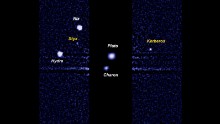
39 photos: Pluto on the horizon
Show Caption
38 of 39
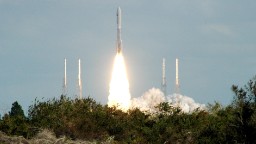
39 photos: Pluto on the horizon
Show Caption
39 of 39
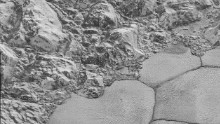
39 photos: Pluto on the horizon
Show Caption
1 of 39
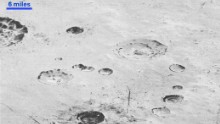
39 photos: Pluto on the horizon
Show Caption
2 of 39

39 photos: Pluto on the horizon
Show Caption
3 of 39
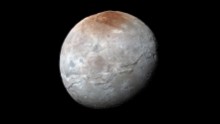
39 photos: Pluto on the horizon
Show Caption
4 of 39
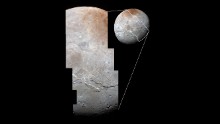
39 photos: Pluto on the horizon
Show Caption
5 of 39
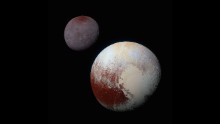
39 photos: Pluto on the horizon
Show Caption
6 of 39
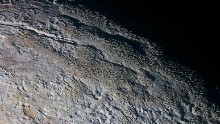
39 photos: Pluto on the horizon
Show Caption
7 of 39
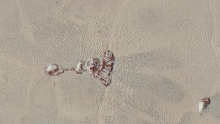
39 photos: Pluto on the horizon
Show Caption
8 of 39
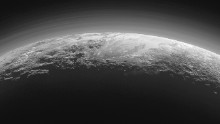
39 photos: Pluto on the horizon
Show Caption
9 of 39
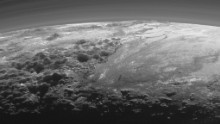
39 photos: Pluto on the horizon
Show Caption
10 of 39
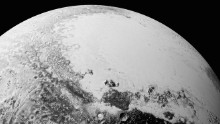
39 photos: Pluto on the horizon
Show Caption
11 of 39
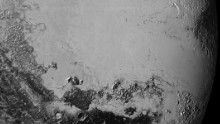
39 photos: Pluto on the horizon
Show Caption
12 of 39
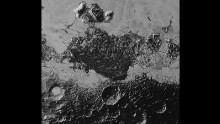
39 photos: Pluto on the horizon
Show Caption
13 of 39

39 photos: Pluto on the horizon
Show Caption
14 of 39

39 photos: Pluto on the horizon
Show Caption
15 of 39

39 photos: Pluto on the horizon
Show Caption
16 of 39
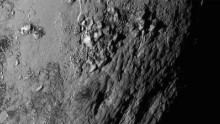
39 photos: Pluto on the horizon
Show Caption
17 of 39
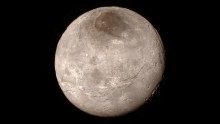
39 photos: Pluto on the horizon
Show Caption
18 of 39
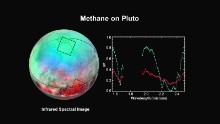
39 photos: Pluto on the horizon
Show Caption
19 of 39

39 photos: Pluto on the horizon
Show Caption
20 of 39

39 photos: Pluto on the horizon
Show Caption
21 of 39

39 photos: Pluto on the horizon
Show Caption
22 of 39

39 photos: Pluto on the horizon
Show Caption
23 of 39

39 photos: Pluto on the horizon
Show Caption
24 of 39

39 photos: Pluto on the horizon
Show Caption
25 of 39

39 photos: Pluto on the horizon
Show Caption
26 of 39

39 photos: Pluto on the horizon
Show Caption
27 of 39

39 photos: Pluto on the horizon
Show Caption
28 of 39

39 photos: Pluto on the horizon
Show Caption
29 of 39

39 photos: Pluto on the horizon
Show Caption
30 of 39

39 photos: Pluto on the horizon
Show Caption
31 of 39

39 photos: Pluto on the horizon
Show Caption
32 of 39

39 photos: Pluto on the horizon
Show Caption
33 of 39

39 photos: Pluto on the horizon
Show Caption
34 of 39

39 photos: Pluto on the horizon
Show Caption
35 of 39

39 photos: Pluto on the horizon
Show Caption
36 of 39

39 photos: Pluto on the horizon
Show Caption
37 of 39

39 photos: Pluto on the horizon
Show Caption
38 of 39

39 photos: Pluto on the horizon
Show Caption
39 of 39

39 photos: Pluto on the horizon
Show Caption
1 of 39

39 photos: Pluto on the horizon
Show Caption
2 of 39

39 photos: Pluto on the horizon
Show Caption
3 of 39

39 photos: Pluto on the horizon
Show Caption
4 of 39

39 photos: Pluto on the horizon
Show Caption
5 of 39

39 photos: Pluto on the horizon
Show Caption
6 of 39

39 photos: Pluto on the horizon
Show Caption
7 of 39

39 photos: Pluto on the horizon
Show Caption
8 of 39

39 photos: Pluto on the horizon
Show Caption
9 of 39

39 photos: Pluto on the horizon
Show Caption
10 of 39

39 photos: Pluto on the horizon
Show Caption
11 of 39

39 photos: Pluto on the horizon
Show Caption
12 of 39

39 photos: Pluto on the horizon
Show Caption
13 of 39

39 photos: Pluto on the horizon
Show Caption
14 of 39

39 photos: Pluto on the horizon
Show Caption
15 of 39

39 photos: Pluto on the horizon
Show Caption
16 of 39

39 photos: Pluto on the horizon
Show Caption
17 of 39

39 photos: Pluto on the horizon
Show Caption
18 of 39

39 photos: Pluto on the horizon
Show Caption
19 of 39

39 photos: Pluto on the horizon
Show Caption
20 of 39
Story highlights
- New Horizons spacecraft captured the images in July flyby
- They show craters, mountains and icy terrain in sharpest images yet
(
N)Black and white images beamed to Earth could be some of the clearest close-ups of Pluto's surface humans see for decades, NASA says.
The images, taken by NASA's New Horizons spacecraft, show craters, mountains and glacial terrain along a strip 50 miles (80 kilometers) wide.
The spacecraft took them in July during its closest flyby of Pluto --- which is at a distance from Earth that varies from 4.67 billion miles (7.5 billion kilometers) to 2.66 billion miles (4.28 billion kilometers) -- and they were among the most recent batch sent to back to our planet.
"New Horizons thrilled us during the July flyby with the first close images of Pluto, and as the spacecraft transmits the treasure trove of images in its onboard memory back to us, we continue to be amazed by what we see," said John Grunsfeld, a former astronaut and the associate administrator for NASA's Science Mission Directorate.
The images stretch from Pluto's horizon -- about 800 kilometers (500 miles) northwest of Sputnik Planum -- across the al-Idrisi mountains, over the shoreline of Sputnik and across its icy plains, NASA says.
New Horizons sped past Pluto in July but it will take about one year to transfer all the photos and data.
Researchers expect more images to come in over the next week, showing even more terrain at the highest resolution possible.


No comments:
Post a Comment